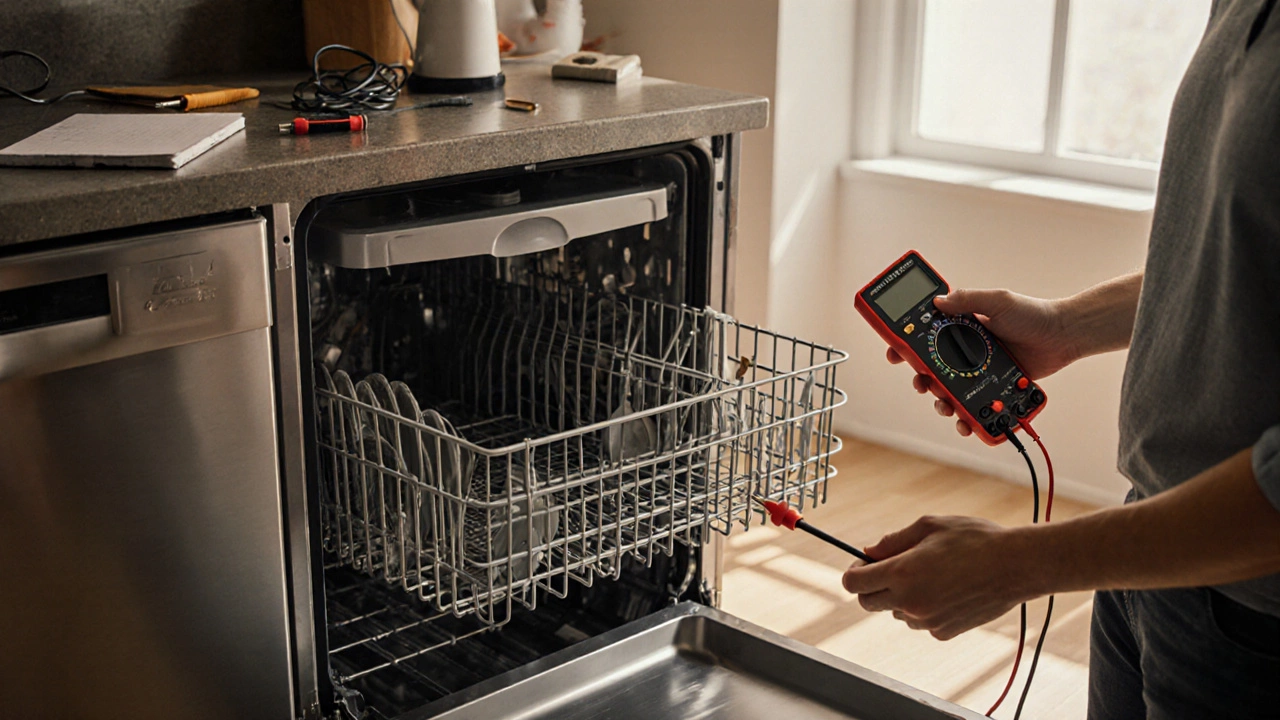Learn how to pinpoint dishwasher issues step by step, from power checks to error‑code decoding, so you can fix common problems before calling a technician.
Dishwasher Error Codes – Quick Guide to Decode and Fix Common Issues
When dealing with Dishwasher error codes, numeric or alphanumeric signals that a dishwasher shows to point out a fault or malfunction. Also known as fault codes, they help you understand what part of the machine needs attention without tearing it apart. Knowing how to read and act on these codes can save you a callout fee and keep your dishwasher humming. In short, dishwasher error codes are the shortcut to a faster repair.
Key Concepts Behind the Codes
Every modern dishwasher is built around a diagnostic panel, the built‑in display or LED sequence that shows the error code to the user. The panel works hand‑in‑hand with the error code, the specific number or letter‑number pair that maps to a known issue. When a sensor detects low water pressure, a clogged spray arm, or a heating element failure, the control board writes the relevant code to the panel. A dishwasher, a household appliance that automatically washes and rinses dishes thus becomes a self‑diagnosing system. The relationship can be summed up as: dishwasher error codes → diagnostic panel → user action.
In practice, the most common codes include “E1” for water intake problems, “E2” for drainage issues, and “E3” for heating failures. Each code has three key attributes: the code itself, the component it refers to, and the severity level (warning vs. critical). For example, an “E2” code means the pump isn’t pushing water out; the value is the pump, the attribute is “drainage”, and the severity is usually a warning you can tackle by cleaning the filter. Understanding these Entity‑Attribute‑Value triples lets you decide whether a quick DIY clean‑up will do, or if you need a professional.
Our collection of articles below covers the whole repair ecosystem that surrounds dishwasher error codes. You’ll see guides on diagnosing washing‑machine faults, fixing boiler pressure problems, and even handling extractor‑fan glitches – all of which share the same diagnostic mindset. Whether you’re a homeowner who enjoys a bit of tinkering or you’re looking for a reliable technician, the posts give you step‑by‑step fixes, safety tips, and clear signs of when to call an expert. Ready to turn those blinking lights into a solved problem? Dive into the resources below and get your kitchen back on track.

